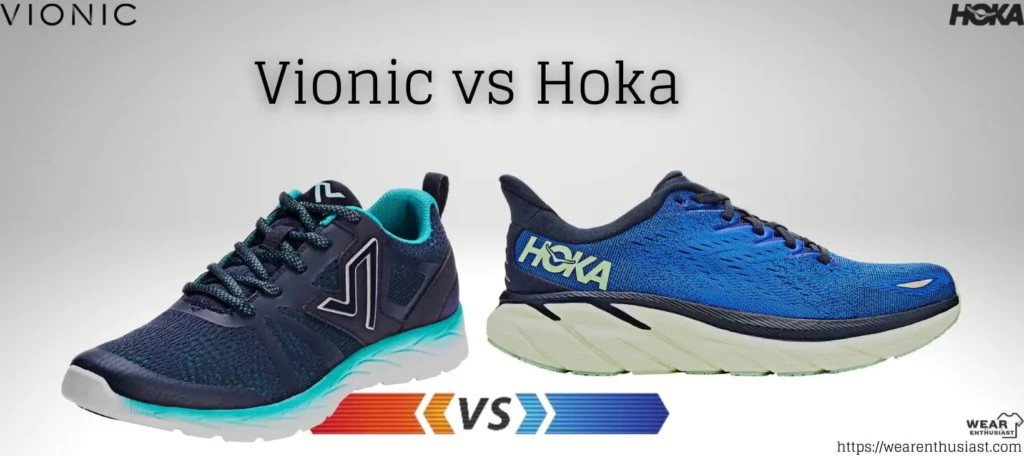
You’re a runner and looking for a new pair of shoes. The Vionic shoes are excellent, but the Hoka shoes are equally good. It can be confusing to decide which brand to go with, Vionic or Hoka? Both brands have positive reviews, but which one is better for you?
When it comes to running shoes, there are a lot of different factors that you need to consider. Things like support, cushioning, stability, and weight are all significant. Depending on your individual needs, one brand might be better than the other.
So, let’s take a closer look at Vionic vs Hoka shoes and see what brand is the best choice is for you.
✤ Differences Between Vionic and Hoka Shoes
Anyone who has gone shopping for shoes knows that there are seemingly endless options to choose from. You will find dozens of different brands and styles of shoes to choose from if you are curious about finding running shoes.
Two of the most popular brands on the market today are Vionic and Hoka. The following are some of the key differences between these two brands.
✦ Cushioning
When it comes to cushioning, Vionic and Hoka shoes offer different benefits. Vionic shoes feature an EVA foam contoured footbed that helps support the foot’s natural arch. This provides additional cushioning and helps to reduce foot fatigue.
In contrast, Hoka shoes feature a comprehensive, stable platform that helps to distribute weight evenly. This provides a more cushioned ride and helps to protect against impact injuries.
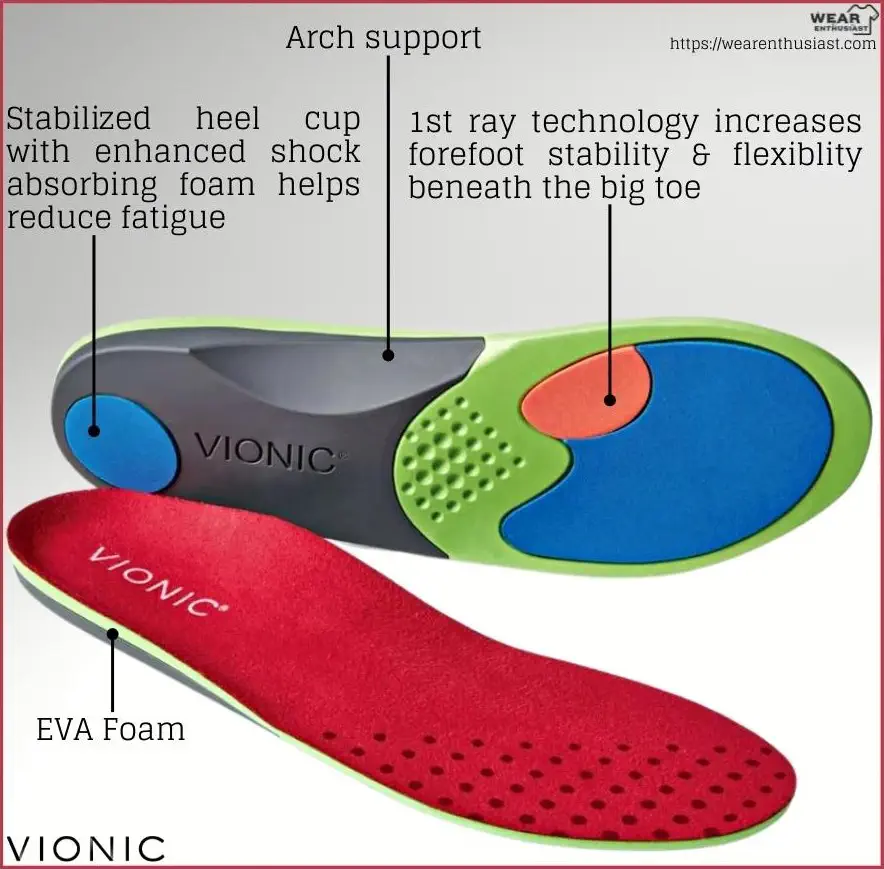
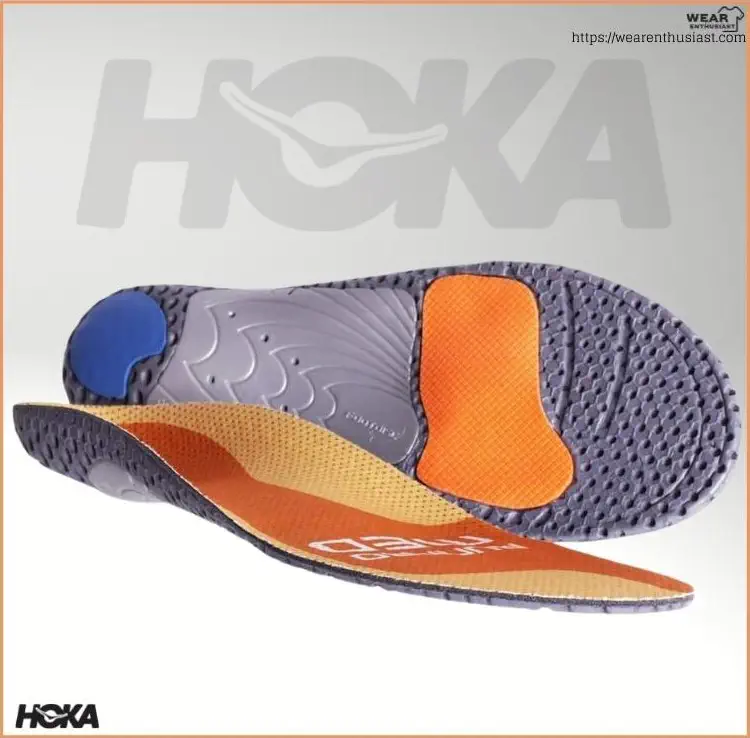
✦ Stability
Both brands differ in terms of stability in a few key ways. First, Vionic shoes have a low profile design which helps to keep your foot close to the ground for better stability. A wide base provides stability and support when you’re walking or running. They also have a supporting arch, which helps reduce pronation and improve stability.
As for Hoka shoes, they have thick absorbing material, so they are great for long-distance running. They also have a narrower sole which helps to improve your speed and agility. So they can also be less stable than Vionic.
✦ Plantar Fasciitis Support
Vionic shoes feature built-in arch support that helps take the strain off the plantar fascia. In addition, the soles of Vionic shoes are designed to absorb shocks and reduce impact. As a result, Vionic shoes can provide significant relief for Plantar Fasciitis sufferers.
Hoka shoes have higher arch support than Vionic shoes. As a result, Hoka shoes can provide even more relief for Plantar Fasciitis sufferers. And, because Hoka shoes have a more cushioned sole, they can help protect against impact-related injuries.
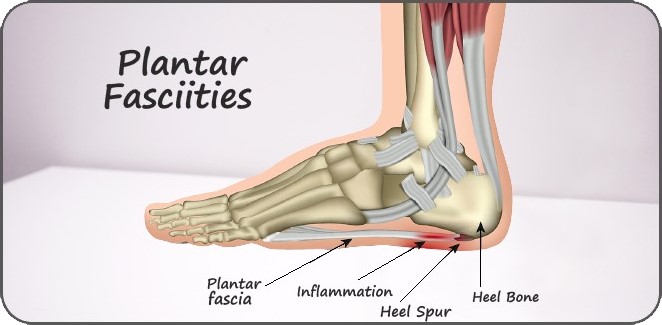
✦ Weather Resistance
If you live in a rainy climate, you’ll want to ensure your shoes are waterproof. If you’re worried about snow and ice, you’ll need a shoe with good traction. And if you’re dealing with hot weather, you’ll want a well-ventilated shoe. Vionic and Hoka are two brands that offer different approaches to weather-resistant footwear.
Vionic shoes feature waterproof uppers and outsoles that provide good traction in wet or icy conditions. They also have perforated uppers that allow your feet to breathe in hot weather. Hoka shoes have a water-resistant coating that helps to keep your feet dry in wet conditions. They also have aggressive tread patterns that provide good traction on slippery surfaces.
✦ Weight
Both shoes are designed for comfort and support but differ in weight. Vionic shoes tend to be lighter, making them a good choice for people who need to walk or stand for long periods. Hoka shoes are heavier, which makes them more stable and supportive. However, this also means that they can be more challenging to break in.
✦ Design and Sizes
Vionic and Hoka shoes differ in design in a few key ways. For one, Vionic shoes have a more versatile design that can be used for various activities, while Hoka shoes are designed specifically for running.
Additionally, Vionic shoes feature a contoured footbed that helps to support the arch and reduce stress on the feet, while Hoka shoes have a cushioned sole that absorbs impact and provides additional comfort.
Finally, Vionic shoes are available in a wide range of sizes and widths, ensuring a perfect fit for everyone, while Hoka shoes are available in limited sizes. As a result, Vionic and Hoka shoes offer different advantages depending on your needs.
✤ What Brand Is Right for You?
Now that you understand the critical differences between Vionic and Hoka shoes, it’s time to decide which brand is right for you. It ultimately depends on your individual needs and preferences.
If you need a versatile shoe for different activities, Vionic shoes are a good option. If you’re looking for a cushioned, supportive shoe specifically for running, Hoka shoes may be the better choice. And if you need a light shoe that won’t add fatigue, go with Vionic. If you need a heavy-duty shoe that provides extra support, go with Hoka.
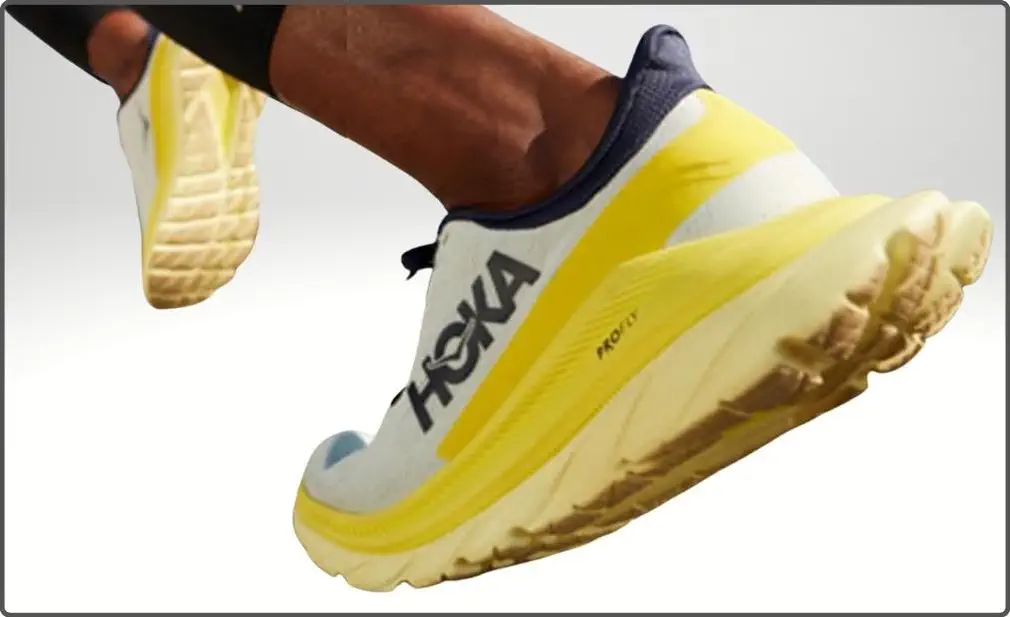
Frequently Asked Questions
All shoe lovers have different questions, and we know that not all are related to Vionic or Hoka shoes. Here are some of the frequently asked questions about shoes in general that we think you’ll find helpful.
1. What Is So Special About Hoka Shoes?
Hoka shoes are designed to provide extra cushioning and support, making them an excellent choice for runners who want to protect their joints. The shoes feature a Meta-Rocker design that helps to propel runners forward and a low heel-to-toe drop that provides added stability. Furthermore, the cushioned midsole offers superior shock absorption, making Hoka shoes a favorite among long-distance runners.
2. Are Vionic Shoes Considered Orthopedic?
Vionic makes shoes that support and alleviate pain in the feet, ankles, and legs. The company’s shoes are podiatrist-developed and researched and contain orthotic elevated technology. This technology is designed to improve alignment and reduce stress on the joints.
They also offer a variety of other features that are not typically found in regular footwear, such as motion control for more excellent stability, a deep heel cup for better support, and a cushioned midsole for added comfort.
Vionic vs Hoka (Conclusion)
At the end of the day, both Vionic and Hoka shoes are designed to be comfortable and supportive. Regardless, weight, design, size availability, and other vital features differ. It’s essential to consider your needs before choosing a shoe brand. Just remember, Vionic shoes are versatile, while Hoka shoes offer more cushioning and support specifically for running.
No matter which brand you choose, be sure to select the right size and width for a perfect fit. And remember, both Vionic and Hoka shoes offer their own advantages, so make sure to select the brand that best meets your needs.

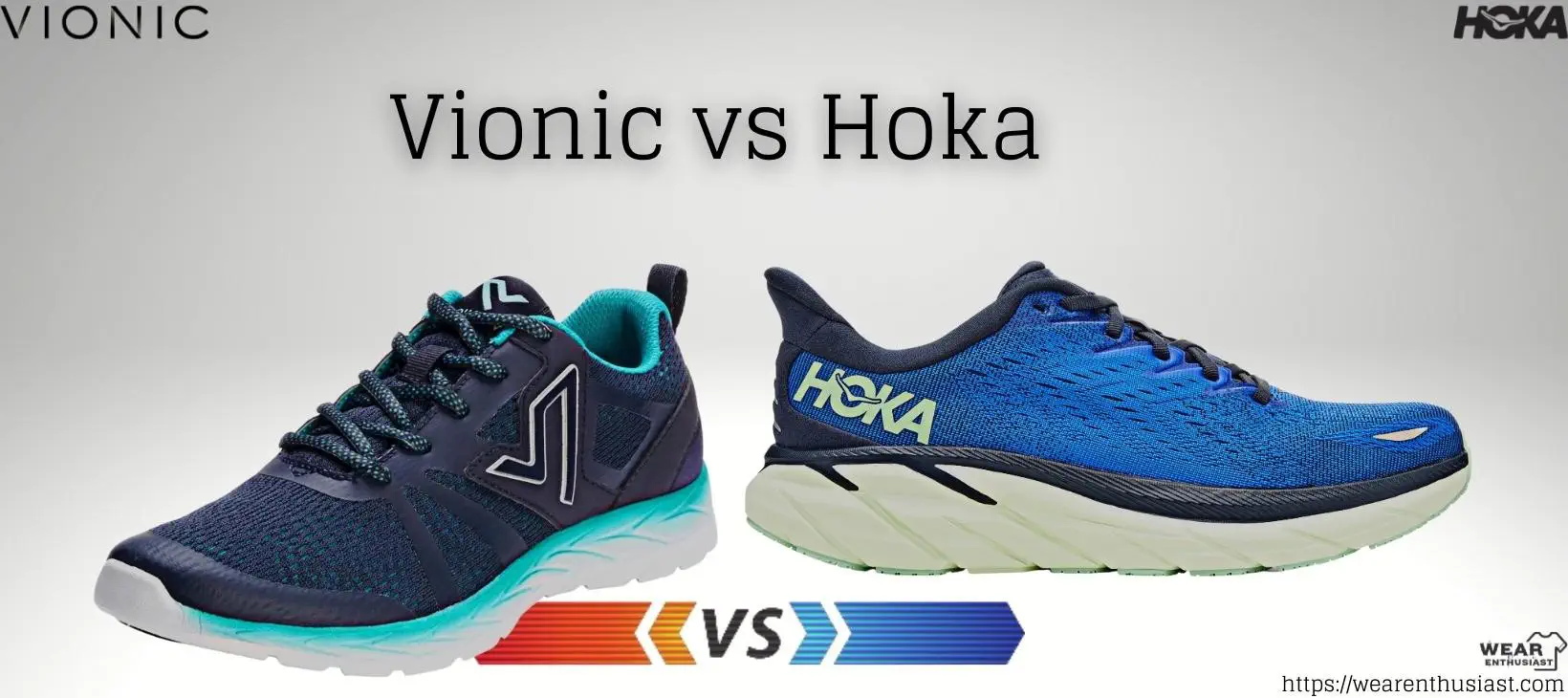
I’m suffering currently from Plantar Faciitis, my podiatrist recommended Vionic or Hoka. I’m not a jogger or runner, but a rapid walker. Based on that, and the Plantar Faciitis, which shoe would you recommend, so I know what to look for when I visit your store?